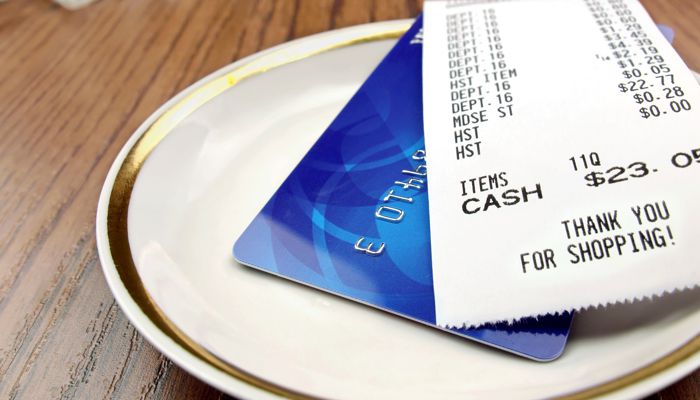TIPS: “To Insure Prompt Service” and Other Useful Acronyms
 Acronyms can be a very useful tool in creating a memory link. They may have no grammatical roots, and perhaps disputed origins, but they are time tested, easy to recall, and used by teachers, trainers and parents. Here are a few common etiquette acronyms:
Acronyms can be a very useful tool in creating a memory link. They may have no grammatical roots, and perhaps disputed origins, but they are time tested, easy to recall, and used by teachers, trainers and parents. Here are a few common etiquette acronyms:
TIPS: “To Insure Prompt Service”. The acronym T-I-P-S is a valuable reminder to treat your server with respect and courtesy, and to reward people who provide services to you with a proper gratuity for their efforts. There are several debates over the definition and origin of this acronym, and whether the word “tips” came about in the 16th century, 18th century or someone made the story up behind a blue velvet curtain in 1962, it clearly has training value. It also makes teaching, and learning more fun. Despite how you pronounce potato or “potahto,” tomato or “tomahto,” your server deserves a respectable tip for good service! For more on tipping etiquette, see my article on Huffington Post.
BMW: “Bread – Meal – Water”. This is another dining related acronym that clearly does not date back to the pilgrims, yet offers an easy way for both children and adults to remember how to navigate their place setting. To avoid confusion about which bread plate and water glass are yours, simply look from left to right; your bread plate is on your left, your meal or dinner plate is in the center, and your water glass is on your right. If you see a glass to the left of your bread plate, assume it is not yours!
B and D: “Bread and Drink”. Another useful acronym, to keep from confusing whose dinner roll belongs to whom. While seated in front of your place setting, make an “OK” signal with your left hand by touching your left index finger to your left thumb. Do the same with your right hand. Notice when you look at your left hand, the “OK” signal (an offensive gesture in some countries) looks like a lowercase “b.” Your right hand, opposite, is in the shape of a lowercase “d”. This simple exercise helps both a kindergartner and a seasoned CEO remember how to navigate their place setting.
The next time you find yourself in a debate about the acronym, “T-I-P-S” or whether “B-M-W” is an etiquette tool or a fancy car, consider the other person’s motive for debating the topic. Is it to call you out, prove you wrong or to simply make pleasant conversation? The first two choices fall under the heading “B-B,” my personal acronym for “Boorish Behavior“. The third choice makes for interesting table talk. Allow the other person’s tone of voice to be your guide.
And finally, TIPS: “To Insure Prompt Service” may not have a consistent historical origin, yet it is still a helpful reminder to tip for present and future service.



